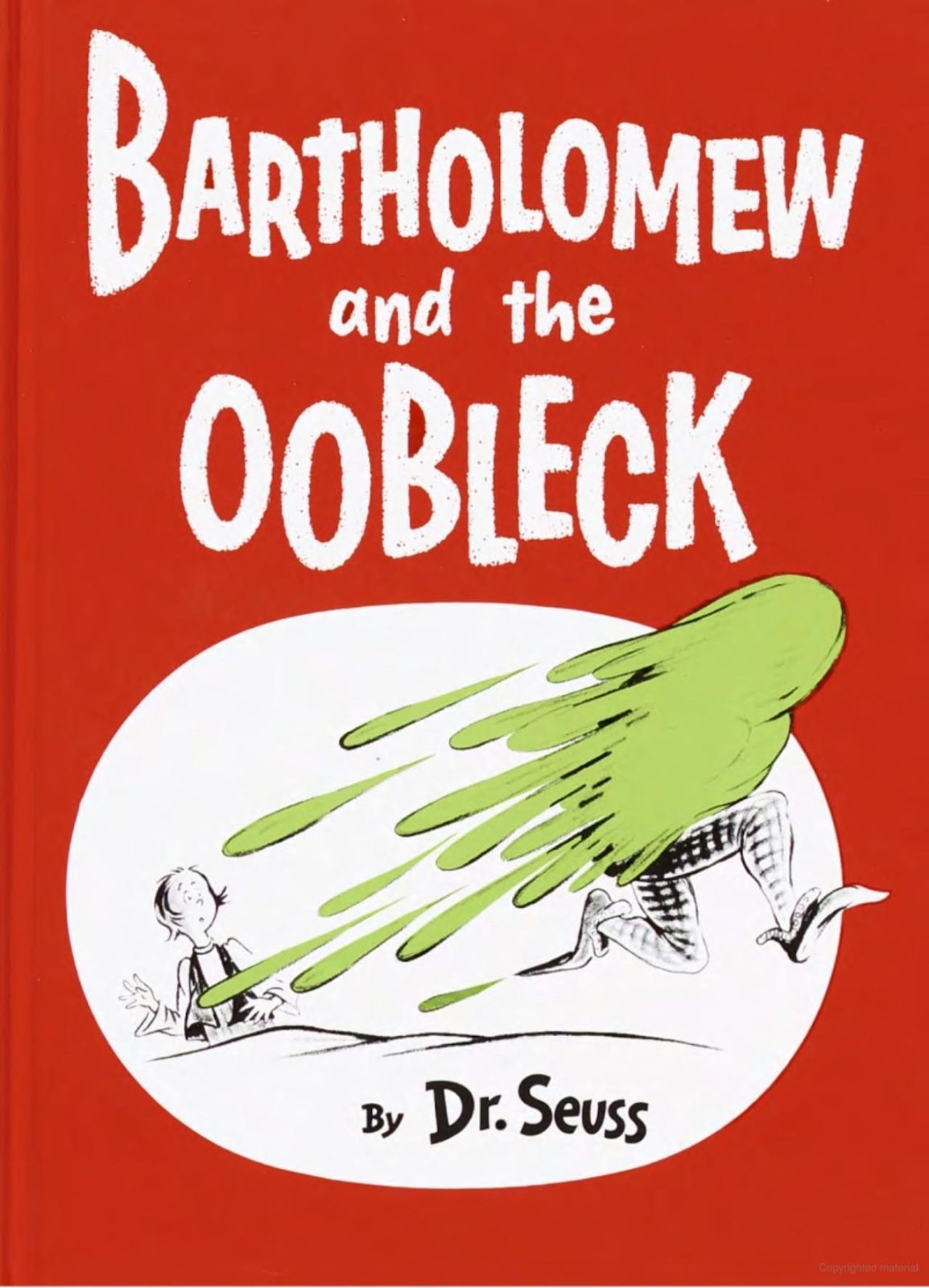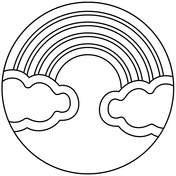Hello fellow educators! Yes, you too, grams and gramps, if you care for kids, you're an educator! Today, on this bee-you-tee-full spring day, I'm sharing some super simple outdoor spring lesson plans that cover science, art, math and even music and community outreach. These lesson plans were inspired by my baby grands Milo (3) and Juno (18 months).
We're Omi (granny) and Opi (grampa) to nine kiddos. We were homeschool parents for many years in the early 1990s-2000s. Now I call myself an Om-schooler. Recently, Opi and I took Milo and Juno for a walk around the neighborhood. Milo insisted he bring the nifty egg-shaped sidewalk chalk that Auntie Molly (our oldest and a second gen homeschooler herself) sent.
Along the way, he, Juno and we would stop to color lovely pictures on squares of sidewalk. At one point, a neighbor called out the window that she really appreciated the sidewalk chalk drawings as they brightened up her day. Later, the we took mom and dad on the Artwalk to show them our pictures. It occurred to me that we could extend this into cross-curricular lesson plans by making our own sidewalk chalk and sharing our Artwalk throughout the community. Sidewalks surrounding hospitals, nursing homes and senior centers would be great places to share Artwalk drawings.
To make sidewalk chalk, mix plaster of Paris, water and tempera paint. Tape off the ends of coin rollers, paper towel or toilet paper tubes. Fill with mixture and allow to harden. You could also fill Styrofoam egg cartons for half-egg shaped sidewalk chalk.
For preschool math lesson plans, teach skip counting by encouraging children to color on every third, fifth, tenth sidewalk square (depending on which skip counting pattern you're currently working on). For music lesson plans, we sang spring songs on our Art Walk, kind of like Christmas carols only spring singing!
I know, these are ridiculously easy but that's the beauty of authentic learning experiences...they develop naturally from activities you're already doing! Peace!













